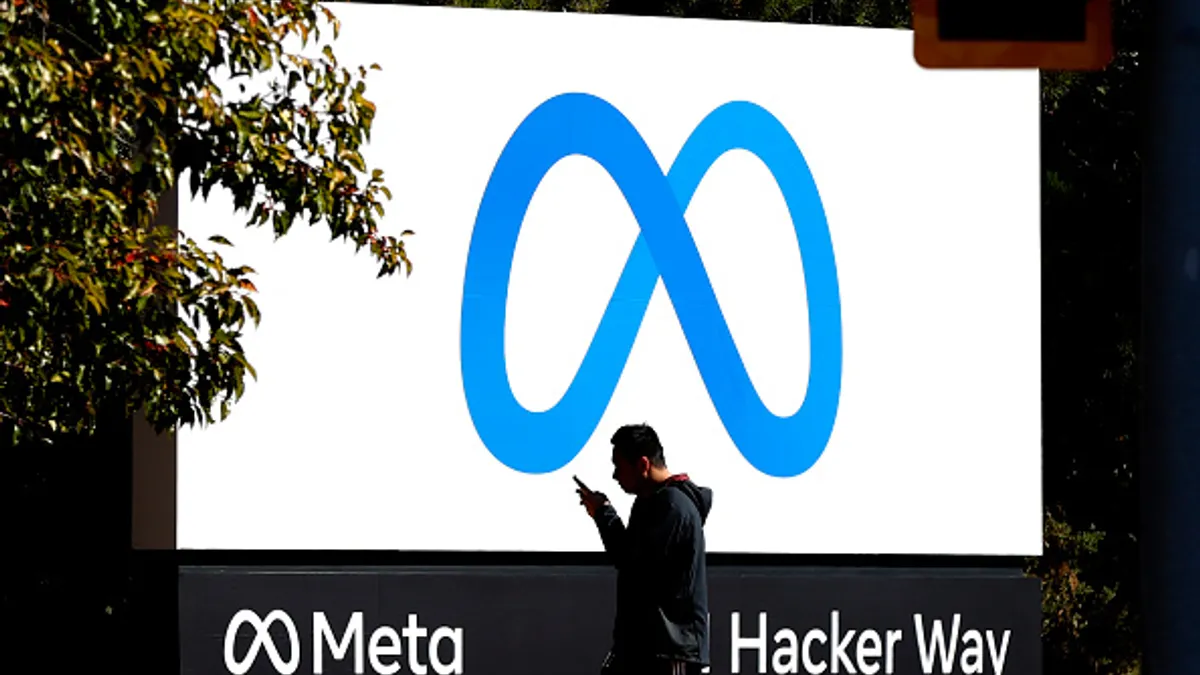Businesses are testing paid tiers for customer service and support to unearth new revenue streams, manage costs and offer higher levels of service for specific customer segments.
It can be an effective approach, as about three-quarters of consumers are willing to spend extra for premium experiences, and over two-thirds are willing to pay for better customer service support, according to the Qualtrics XM Institute.
Businesses can “create a higher tier for customers that choose to opt into higher service, greater rewards, benefits, etc.,” said Maureen Burns, partner at Bain & Company.
But poor execution can alienate the very customers companies hope to monetize.
“If you don't treat [customers] well when you first start doing business with them, you may not be doing business with them for very long,” said Shep Hyken, a customer service and experience expert and author.
Several industries have used tiered customer support for decades. Airlines, hospitality and banking successfully tie premium support to loyalty program status and customer spending levels, according to Mike Brinker, customer service leader at Deloitte Digital.
For example, Delta Air Lines' loyalty program brought in over $3.8 billion in fiscal 2024, an 11% increase from 2023. That was due, in part, to the airline's premium services revenue growing 6 percentage points more than main cabin revenue during the fourth quarter.
Under the program, Diamond Medallion members get access to an exclusive VIP phone line that prioritizes their calls above all other members. In contrast, Gold and Platinum members use dedicated phone lines with priority over lower tiers, according to Delta's website. Even Silver members receive priority service over general customers when calling support.
Meta's premium support backfires
But Meta's approach shows how tiered customer support can go wrong. The company launched Meta Verified in early 2023, charging customers up to $15 per month for added features, including live customer support, according to Bloomberg.
But it backfired so badly that some users found it “useless" when they had their accounts suspended by mistake, according to TechCrunch. Meta blocked the accounts during security cleanups, and premium subscribers who expected immediate human assistance received the same ineffective responses as free users, according to TechCrunch.
“All those people who signed up for the support thought they should be able to call and talk to a human to get their account activated again," Burns said. "And it didn't work."
That has undermined some users’ trust in the brand, and the program itself. As of Aug. 5, nearly 35,000 people had signed a Change.org petition demanding the company provide real human customer support, “fix its broken systems and treat its users with respect and fairness.”
Three models, different risks
The Delta and Meta examples demonstrate that different approaches carry different risks, with companies using three main approaches to tiered support, according to Hyken.
Problem-based tiers route complex issues to specialized experts while directing simple questions to entry-level agents. This approach typically faces fewer customer objections since it matches support complexity with issue difficulty, Hyken said.
Spend-based tiers, such as the Delta example, offer enhanced support for customers who spend more money with the company. This can work well but risks creating cultural issues where agents provide worse service to lower-tier customers, according to Hyken.
Direct-pay tiers, which have gained interest recently, charge customers explicitly for premium support beyond standard offerings. This model carries the highest risk because it raises consumers’ expectations and can alienate future high-value customers who can't afford premium service today, Hyken said.
Getting the research right
The biggest mistake companies make is launching tiered support without adequate customer research, often resulting in public backlash and program rollbacks, said Judy Weader, principal analyst at Forrester.
"The biggest pitfall is not having done the research to understand customer needs, willingness to engage with a tiered model, and acceptance of a tiered model before rolling it out," Weader said.
Some companies offer premium tiers that end up losing the company money because they don’t understand the market or underestimate costs and complexity, Burns said. So, companies must ensure premium tiers benefit the business.
Burns recommends companies answer some questions before launch: What are target customers willing to pay, and what do they expect in return? Will the economics work, including uptake rates, implementation costs and profit margins?
Tiered customer support also doesn't pair well with industries that are heavily regulated or where there's something mission-critical or potentially life-threatening involved, such as healthcare, Weader said. Charging customers for human assistance could lead to disastrous outcomes in such cases.
Trust drives success
Companies must operate with clear service level definitions and consistently deliver on promises, Brinker said.
"It's all about trust," Brinker said. "Companies need to operate with transparency, reliability and empathy to ensure they earn and maintain the trust of all their customers at every level."
The most successful approach involves building support costs into core subscription models rather than charging separately for enhanced service, Hyken said.
"Companies should build in the cost of support into their subscription models," Hyken said. "If you're going to subscribe, you're part of our family. And as long as you keep subscribing, we'll nurture you."
In addition, AI may eventually lower the costs of providing high-quality service for all customers, regardless of payment tier, which could make tiered service and support less attractive over the long term, Brinker said. But businesses must ensure it improves the consumer experience, as AI chatbots and other technology solutions can make things worse if they’re not implemented well.
"AI and automated systems will be the great equalizer to certain dimensions of service, particularly customer service and contact centers," Brinker said.




















